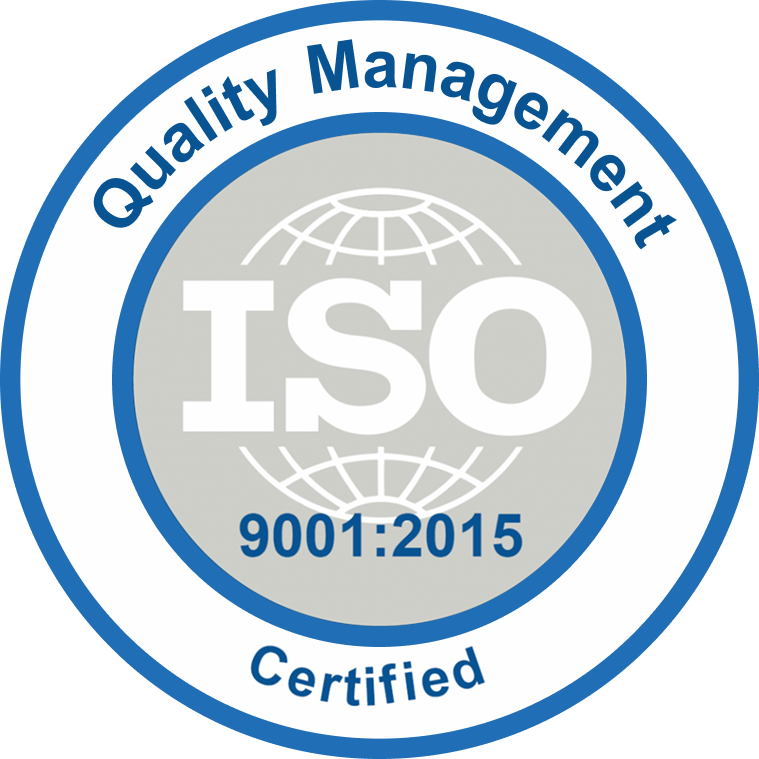Enterprises today are increasing their investments in mobility, collaboration, and other remote working technologies and infrastructure. According to Gartner “more than half of the enterprise IT spending in key market segments will shift to the cloud in 2025”. To boost productivity and achieve collaboration, more than millions of users from small businesses to large enterprises have adopted Microsoft 365 for its range of robust security features.
Microsoft 365 data centers are protected by state-of-the-art security infrastructure and processes, which make it virtually impossible to breach directly. But with the recent increase in cyber security attacks, especially ransomware has brought an indispensable need for enterprises to go for a third-party backup to stay on the safe side.
Continue Reading
From the discussion surrounding M365 security to the question of whether to perform a third-party backup or not, in this blog we have tried and answered all the possible aspects relating to Microsoft 365.
To begin with, let’s explore the security features of Microsoft…
Today more than a million companies use Microsoft 365, and the number of Teams users surpasses 250 million every month. Being a market leader in technology, Microsoft understands the cyber challenges that organizations face and provides the best-in-class security solutions.
Identity and Access Management (IAM), Threat Protection, Information Protection, and Security Management are the four essential components that define Microsoft 365 security. Let’s break down the layers of Microsoft’s security features and unveil its technicalities.
Identity and Access Management (IAM)
One of the best ways to secure your organization against external threats is by setting up a strong Identity and Access Management framework. Microsoft IAM capabilities can enhance your organization’s security posture by ensuring accessibility of the right data at the right time for the right people! It restricts users with high risk so that you can keep focusing on your business processes without worrying about data security. By leveraging the inbuilt security features like Multifactor Authentication, Single sign-on, and Windows Hello, you can add an additional layer of security to your M365 accounts.
Microsoft Identity and Access Management capabilities include…
- Secure Adaptive Access – With strong authentication and real-time risk-based adaptive policies, Microsoft ensures that only authorized users and reliable devices gain accessibility to your corporate resources.
- Intuitive User Experience – If you want your enterprise to stay secure and productive at the same time you need to cut down on the time spent managing passwords. IAM supports you with easy and swift sign-in to applications so you can keep your systems secure and stay productive at the same time!
- Centralized Identity Management – IAM empowers you to manage all your identities, and access applications (across your cloud and on-premises) in an orchestrated platform so you can gain greater visibility and control over your processes.
- Streamlined Identity Governance – Microsoft harnesses the power of automated identity governance to ensure only authorized users have access to your company’s applications and data.
Threat Protection
As today’s enterprises have an extensive attack surface, attacks can come from literally anywhere. There is no single service that can comprehensively protect your digital assets against all threats and so you should make groups of services work in tandem to ensure your enterprise security. Microsoft threat protection encompasses integrated, automated security solutions that can help you secure your email, data applications, devices, and identities against potential cyber threats.
- Security Information and Event Management – Microsoft threat protection enables you to detect and prevent threats even before they cause any damage to your system. Powered by artificial intelligence (AI), Microsoft Sentinel provides you with a holistic view of your organization. With this provision, you can easily detect threats and quickly respond to suspicious actions.
- Extended Detection and Response (XDR) – The extensive detection and response capabilities of Azure Defender will allow you to prevent and detect attacks across your identities, endpoints, email, data, and cloud apps while protecting your Azure and hybrid cloud workloads.
Information Protection
While we have made great progress in technology, 2020 has made us realize that there is still a lot we need to do as individuals, organizations, and communities to enhance security. Though the remote culture has opened a new door for collaboration, it also means that your data is traveling all over the place! Microsoft possesses robust information protection features that will help you know your data, protect your sensitive information, and prevent data loss.
- Data Classification – Microsoft data classification feature enables your enterprise to protect and classify documents based on labels, which can either be added through the set of rules, manually, or a combination of both. Today more and more enterprises are recognizing the power and value of data classification as it can strengthen security and improve the control over confidential files.
For example, let’s take a situation where you have automatically classified your company documents that contain credit card numbers. Every time this protected data is viewed a check is done to ensure whether the person viewing the file has appropriate permission levels and the document creator or the IT administrator will also be notified regarding this.
Now, this document-level security works outside the organization as well! When people without permission try to view the contents of the document, they can be easily blocked. As the permission remains with the file, the creator needn’t worry about the location/source where the file is stored.
- Data Loss Prevention (DLP) – By creating and managing Data Loss Prevention policies in Microsoft 365 you can ensure your organization’s sensitive information is not mishandled, lost, or accessed by unauthorized and malicious users.
- Microsoft Information Governance (MIG) – The Information Governance capabilities in Microsoft can help your enterprise stay compliant with data privacy regulations by enabling you to efficiently manage the information lifecycle and retention policies.
Security Management
Microsoft 365 security and risk management provides real-time reports on your security posture so you can easily track and manage your security across identities, data, devices, apps, and infrastructure. You can also get to see your Secure Score through centralized dashboards so you can concentrate on areas where actions are needed and configure your devices for better management. The security and risk management features in Microsoft can support you with the following aspects of security.
- Insider Threat Management – Helps you to identify, detect, analyze, and take appropriate actions against insider risks in your organization initiatives such as insider risk policies.
- Communication Compliance – Mitigates both internal and external communication risks by allowing you to quickly take action on inappropriate messages that go against your company’s code of ethics policy.
- Information Barriers – Permits you to restrict or limit collaboration between certain groups to protect internal information and avoid personal conflicts of interest within your organization.
- Customer Lockbox – Ensures that Microsoft support engineers don’t get access to your content to service operations without your explicit approval.
- Privileged Access Management (PAM) – Microsoft Privileged Access Management helps you define who can have access to each part of the system as well as the kind of activities they would be performing with that access.
Is your enterprise data fully protected?
Microsoft does have a range of robust security solutions! But do you know your data could still be compromised despite the cutting-edge security features offered by Microsoft?
If you are in the belief that you needn’t have any additional protection for your M365 data, then you are probably missing out on the full picture!
With the wide exposure to work from home and remote collaboration, what increased was the threat to enterprise security. In the last two years, alone organizations have experienced a 29% increase in the number of cyberattacks, and the increase in ransomware skyrocketed with triple extortion techniques. The ransomware malware encrypts your organizational data in such a way that you can no longer access it unless or until you provide a hefty ransom. These attacks happen even for the sake of stealing your crucial business data as well.
Now you might have employed Microsoft 365 best practices and followed all the threat mitigating solutions to protect your enterprise data. But still, no amount of security can ensure that there is zero risk of your data being lost in Microsoft 365. Microsoft itself in its service agreement has clearly stated that Back it with a backup plan!
If you are an ardent Microsoft 365 user, who strongly believes in its security potential, you may find the step to be unnecessary. But backing up your data in a safe place is something that should not be downplayed. When cyberattacks like ransomware attacks happen, you lose not just the money and data, but also the trust your customers have in you, your business continuity, employee productivity, legal liability, and your desired revenue. And so, it’s crucial for you to go for a backup solution that addresses your unique enterprise security needs!
If you’re not already backing up your M365 data using a backup plan, it’s high time you connect with our cybersecurity experts.
Being a trusted Microsoft Gold Partner, our M365 experts can analyze your digital assets and provide robust solutions that can protect your enterprise against human errors, data threats, and ransomware attacks.

